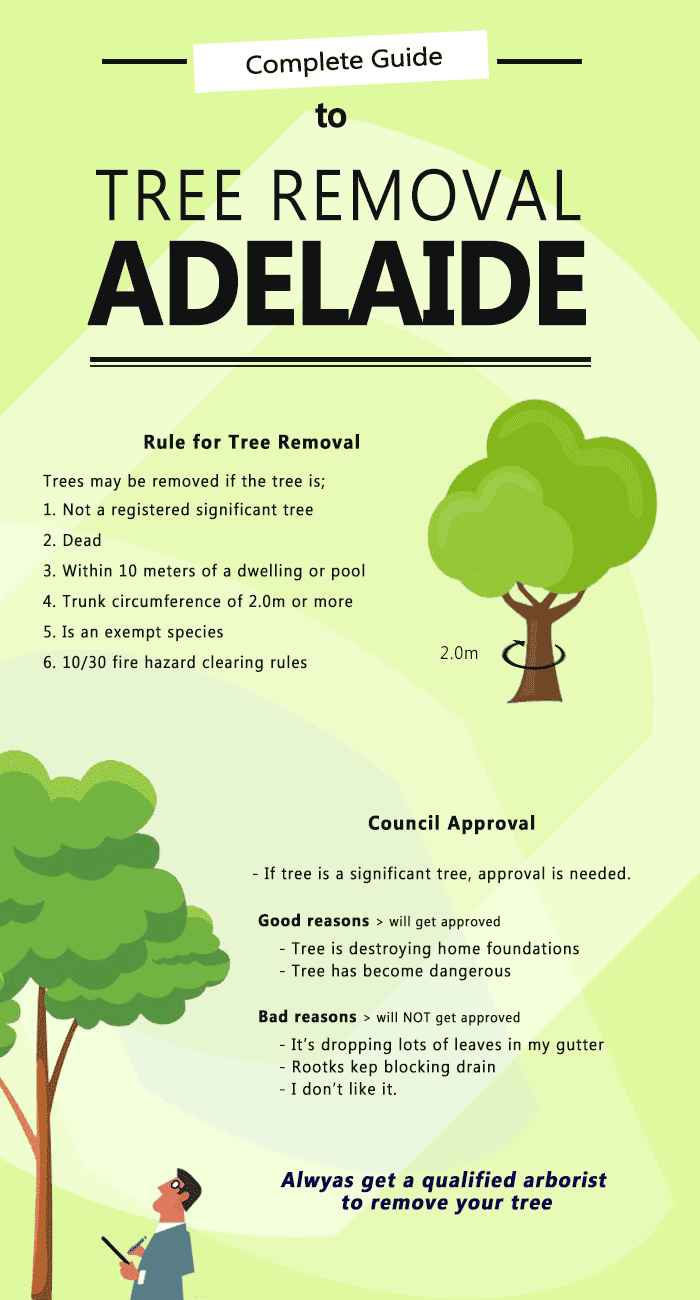Trimming Trees Seasonally: When And How To Accomplish The Best Development
Trimming Trees Seasonally: When And How To Accomplish The Best Development
Blog Article
Write- Tree Removal Services Written By-French Pruitt
When it pertains to seasonal tree cutting, timing and method are vital for your trees' health and development. You may be stunned at just how much a basic cut can motivate new life. Understanding when to trim dormant trees versus blooming ones can make all the distinction. Yet it's not almost when; it's likewise about how you do it. Let's explore the best methods to guarantee your trees flourish.
Recognizing the Best Seasons for Tree Trimming
When's the very best time to cut your trees? The response lies in recognizing the periods. Late winter months to very early springtime is usually ideal, as trees are still dormant. This timing reduces tension and advertises much healthier growth when they awaken.
However, if you're managing flowering trees, take into consideration trimming right after their blooms fade. How To Trim A Large Ficus Tree ensures you will not cut off following year's blossoms.
In summer, light cutting can assist preserve shape and remove any kind of dead or diseased branches. Prevent heavy pruning during fall, as trees are getting ready for dormancy and may struggle to recover.
Inevitably, knowing your tree varieties and local environment will certainly direct your cutting timetable. Choose intelligently, and your trees will grow perfectly year-round.
Crucial Trimming Techniques for Healthy Trees
Pruning your trees effectively is crucial for their health and wellness and long life. Begin by utilizing clean, sharp devices to make specific cuts, which assists stop damage and illness.
Concentrate on removing dead, damaged, or crossing branches initially; this urges better airflow and sunlight penetration. When cutting, go for an angle that advertises healing and lessens the threat of rot. Always prune just outside the branch collar, the inflamed location where the branch fulfills the trunk, to boost recuperation.
For young trees, shape them by selectively pruning to create a solid structure. Ultimately, prevent over-pruning; removing excessive vegetation can stress your tree.
Common Mistakes to Stay Clear Of When Pruning
Many house owners make vital blunders while pruning their trees, which can cause long-term damage.
One typical mistake is over-pruning, where you eliminate way too many branches at once. This can emphasize the tree and prevent its development.
One more mistake is making use of dull tools; sharp, clean tools make cleaner cuts that recover faster.
Don't forget to trim at the wrong season; winter months is often best for lots of types, while summertime is perfect for others.
Additionally, avoid cutting branches too near to the trunk or leaving stubs, as both can welcome parasites and diseases.
Last but not least, failing to go back and analyze the tree's total form can cause uneven growth.
Maintain these blunders in mind for healthier, flourishing trees!
Final thought
To conclude, seasonal tree cutting is essential for your trees' wellness and development. By trimming at the right times-- late winter for dormant trees and right after blossoms for blooming varieties-- you'll urge dynamic vegetation and blooms. Bear in mind to use clean, sharp tools and comply with appropriate methods to prevent damage. Avoid heavy pruning in the loss and stay free from common blunders. With these pointers in mind, you'll keep your trees flourishing throughout the year!
